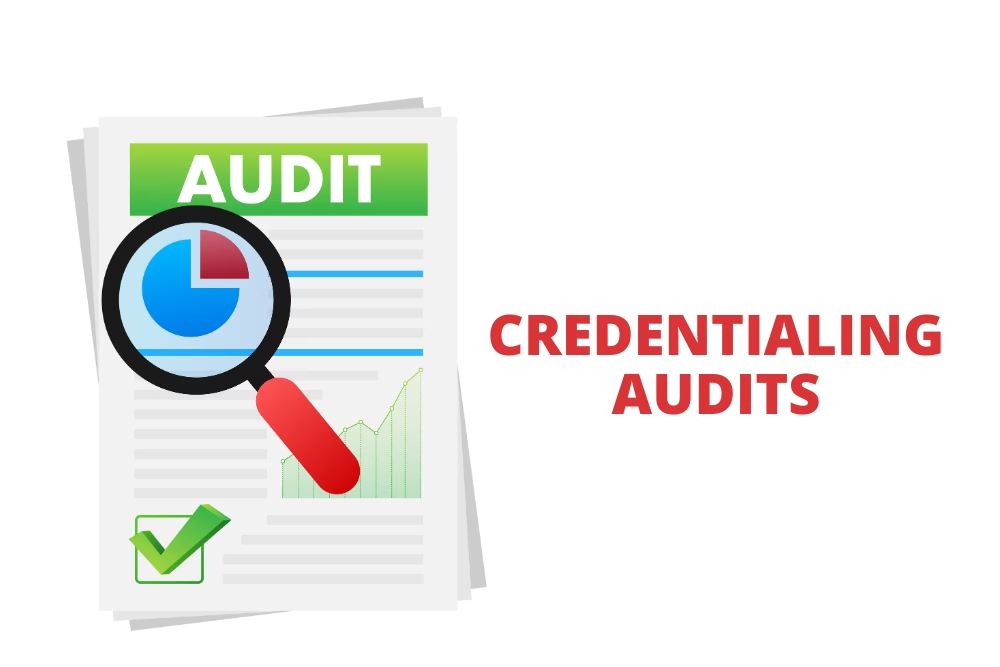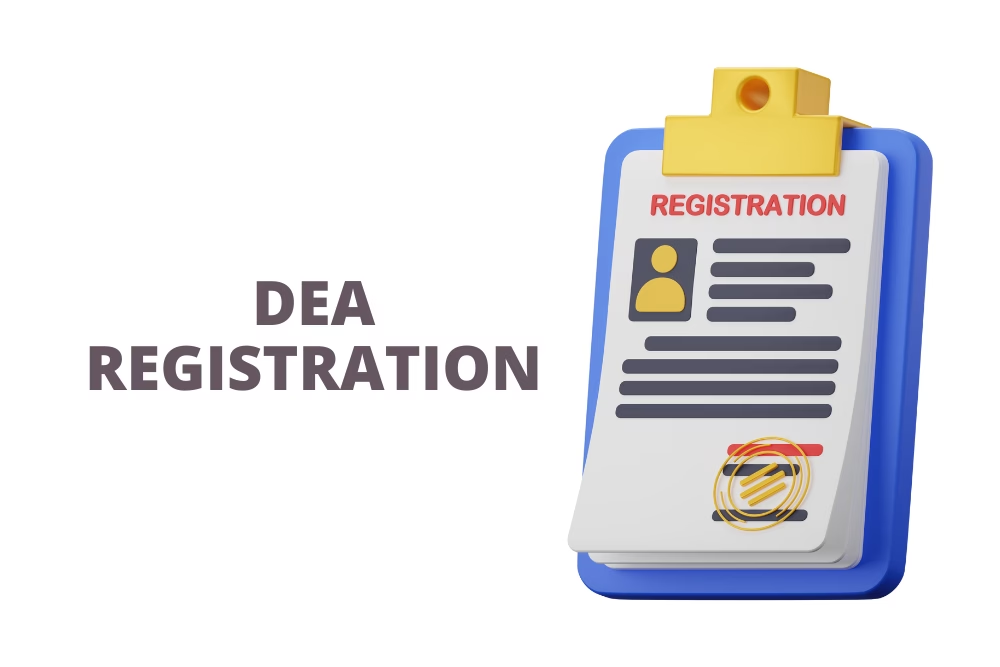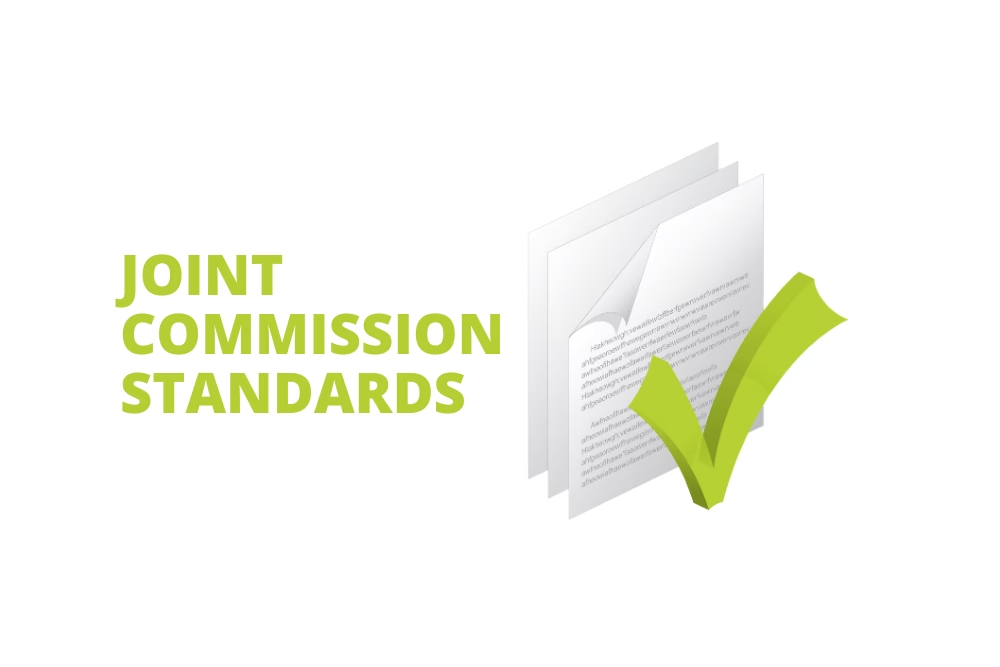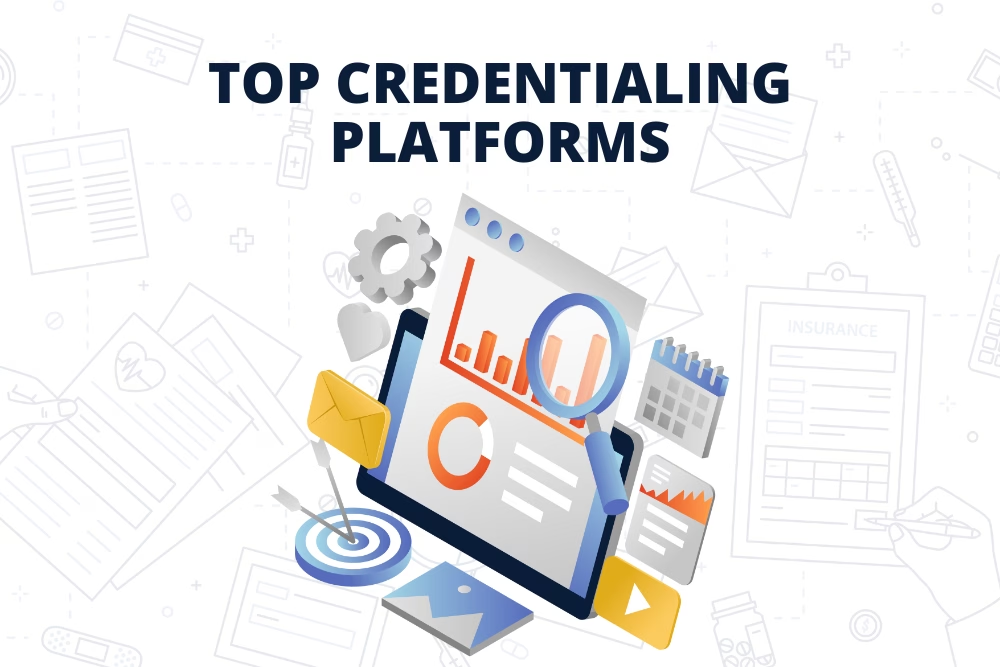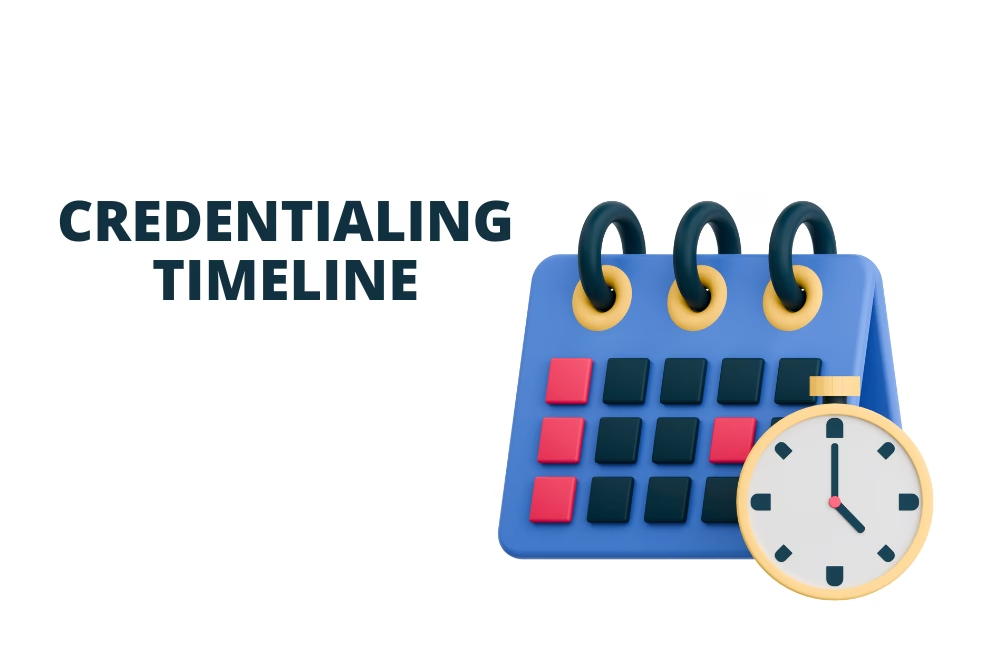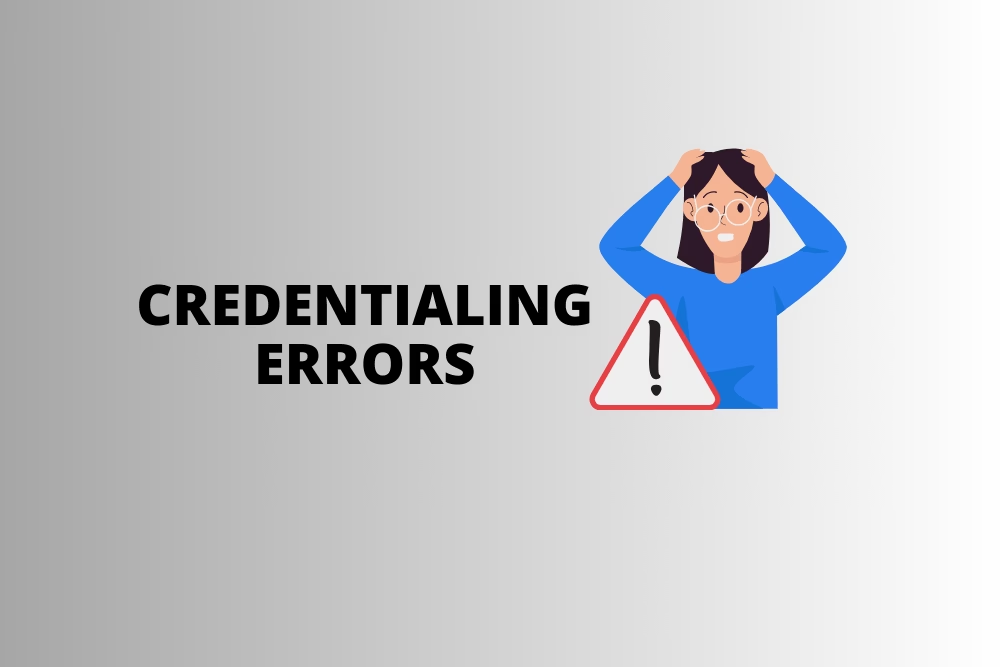Credentialing audits are a critical component of healthcare administration. For practice managers, healthcare providers, and owners, maintaining accurate, up-to-date credentialing records is essential to compliance, patient safety, and operational efficiency. A successful audit reflects your commitment to excellence and trust in your practice.
Why Are Credentialing Audits So Important?
Credentialing audits verify a provider’s qualifications, ensuring compliance with regulatory standards. This process includes reviewing:
- Education, training, and residency history
- Active licenses and specialty certifications
- Background checks and professional history
- Insurance and liability coverage
Ensuring these records are accurate and current mitigates legal risks and enhances your practice’s reputation.
7-Step Strategy for a Successful Credentialing Audit
1. Understand Audit Requirements
- Identify whether your audit is internal, external, or regulatory.
- Review standards from NCQA, The Joint Commission, and CMS.
- Determine necessary documentation to meet compliance.
2. Streamline Credentialing Record Management
- Keep all licenses, certifications, and background checks updated.
- Use a secure digital storage system for quick access.
- Leverage credentialing software to automate record management.
3. Conduct a Self-Audit
- Compare your records with compliance criteria.
- Fix discrepancies immediately.
- Use a detailed checklist to ensure thorough verification.
4. Track Expirations and Renewals
- Set up automated reminders for expiring credentials.
- Implement a proactive renewal process to avoid compliance gaps.
- Regularly review provider records for accuracy.
5. Stay Ahead of Regulatory Updates
- Align with federal and state compliance standards.
- Monitor changes in accreditation guidelines.
- Adapt policies to reflect updated requirements.
6. Run a Mock Audit
- Identify potential weaknesses before an official audit.
- Address any issues and implement corrective actions.
- Train staff to handle audit procedures efficiently.
7. Prepare for Audit Responses
- Develop a structured response plan for audit findings.
- Create a corrective action plan to resolve discrepancies.
- Maintain records of all compliance improvements.
Leverage Technology for Seamless Credentialing
In today’s digital era, manual credentialing processes can slow down operations and increase errors. Healthcare practices can benefit from using eClinicAssist, a modern credentialing software that automates provider verification, tracks expirations, and ensures compliance with regulatory standards. By integrating technology, your practice can enhance efficiency, reduce manual errors, and stay audit-ready at all times.
Stay Audit-Ready with eClinicAssist
Preparing for a credentialing audit doesn’t have to be overwhelming. With the right strategy and tools, your practice can streamline compliance and maintain the highest standards of patient care. Want to simplify credentialing audits? Get in touch with eClinicAssist today and take the stress out of compliance!

